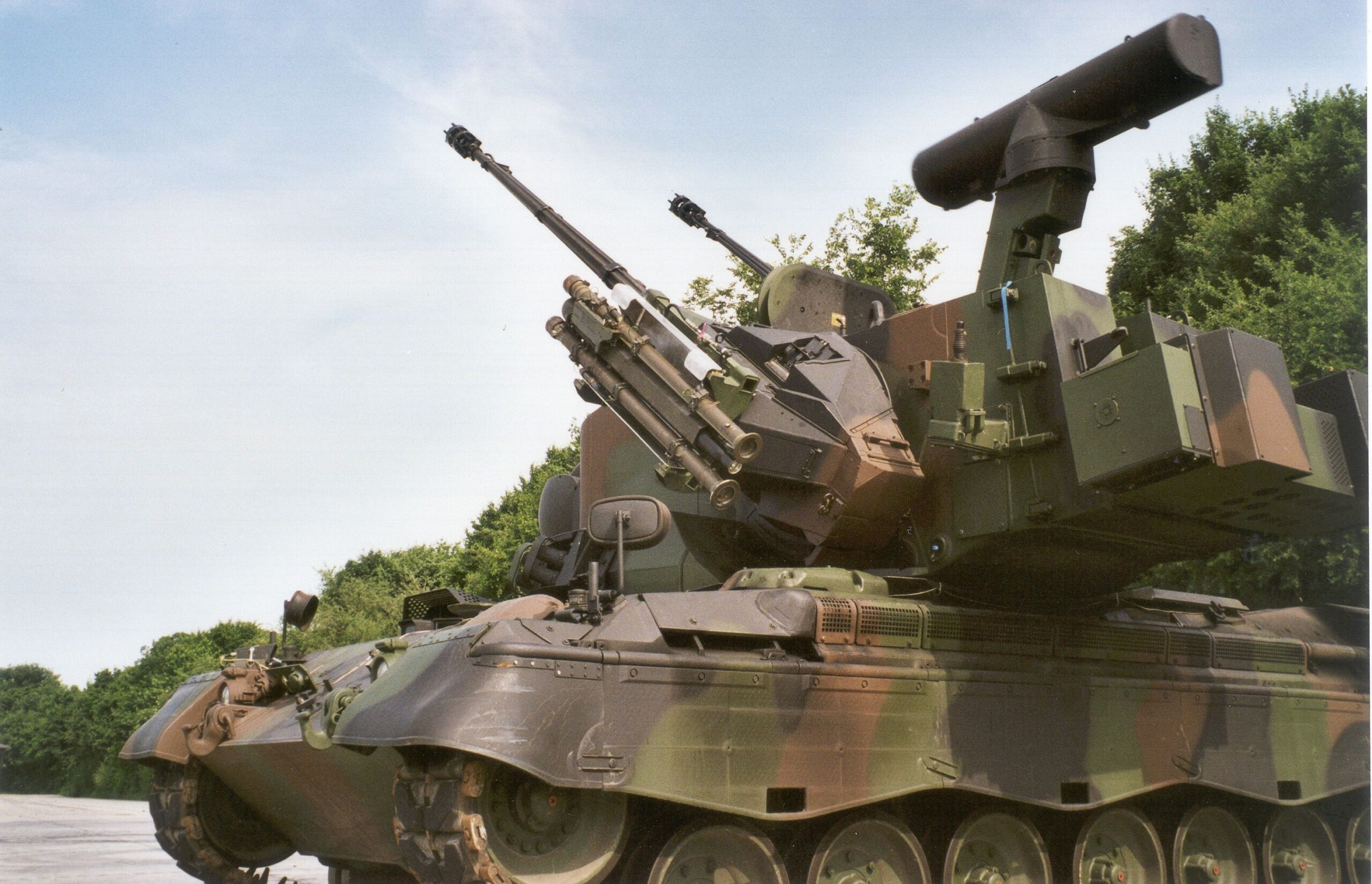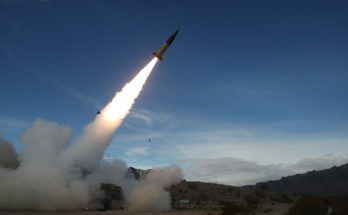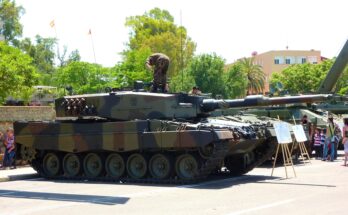
The flaming eye of the media is focusing on attack drones. Not since the 1980s when Israel used unmanned air vehicles (UAVs) to clear air defense missiles from the Bekaa Valley have these systems received so much press attention. Yet the weapon that is “changing warfare forever” is being defeated in Ukraine by those of the 20th century.
Russia began using drones to attack targets in Ukraine after its ground offensive bogged down. At first, Kyiv’s weak air defenses gave the advantage to the attack drones. Putin thought an aerial campaign against Ukraine’s cities and infrastructure would break Kyiv’s will to resist.
The advantage enjoyed by the attack drones did not last long. Ukraine strengthened its defenses in the face of this aerial threat. Through a combination of advanced electronic warfare and increasing numbers of anti-aircraft weapons, the lethality of the attack drones steadily dropped.
Ukraine has built a layered air defense network. Missiles and anti-aircraft guns work with aerial and land-based surveillance systems to detect incoming drone attacks. Yet, some of the tactics and weapons are not new ideas. One example is the use of civilian spotters. Reportedly, civilian observers with binoculars are positioned at different points around the country to supplement military-operated electronic systems. The civilians report sightings of incoming drones to Ukrainian air defense centers using small radios or even cell phones.
Reminiscent of previous conflicts, Ukraine has fielded thousands of anti-aircraft guns, both fixed and mobile, as well as more and more air defense missile systems. These gun positions are little different from those built by Germany to protect its cities from Allied bombers or by the British to defend London from the V1 Buzzbombs during World War II.
Perhaps the weapon that will emerge as the “winner” in this war is the mobile air defense system. Anti-aircraft guns and missiles mounted on vehicles could see a rise in popularity, especially those outfitting tracked armored vehicles.
For more than 35 years, Larry has been involved in research and analytical work for various Forecast International projects. He has contributed to the Airborne Electronics Forecast and was chief editor on the World Aerospace Weekly newsletter. Larry was directly responsible for the creation of World Weapons Review, a biweekly industry market research publication specializing in weapon systems and related material. He was the creator of Unmanned Vehicles Forecast, launched to cover the growing market for civil and military drones, and was involved in the development of the Airborne Retrofit & Modernization Forecast service. He is currently responsible for the Missile Forecast and for FI's two Unmanned Vehicles Forecast services – Airborne Systems and Land & Sea Systems.




